Elizabeth Waddington Grows Delicious Beetroot Every Year – Here’s How

VEGETABLES > BEETROOT

Elizabeth is a Permaculture Garden Designer, Sustainability Consultant and Professional Writer, working as an advocate for positive change. She graduated from the University of St. Andrews with an MA in English and Philosophy and obtained a Diploma in Applied Permaculture Design from the Permaculture Association.
Reviewed By PETER LICKORISH

Peter is a Horticulture Lecturer and self-employed Horticulturist, with a passion for diverse areas of the industry - from garden design to the science behind plant growth and propagation. He has completed the Royal Horticultural Society’s Master of Horticulture (MHort) Award and lectures on RHS courses at Bedford College.
Contributions From EMILY CUPIT

Emily is a Gardening Writer, Photographer and Videographer from Derbyshire, UK. She is the Founder of Emily's Green Diary - a community of more than 75,000 people who share in her gardening journey.

Janice Shipp is a Writer with 15 years' experience as Principal Researcher for Which? Gardening magazine. She has received her RHS MHort and City and Guilds Planting Design qualifications and is a member of the RHS Herbaceous Plant Committee. Janice is also a member of both the Garden Media Guild and Chartered Institute of Horticulture - and was Chair of forum on a Penstemon trial for the Royal Horticultural Society.
IN THIS GUIDE
BEETROOT GUIDES
Beetroot is a common garden crop, and a great choice both for beginners and expert home growers.
It is actually one of my favourite garden crops – I grow it every year, and recommend it to you wholeheartedly if you are trying to work out what to grow in an edible garden this spring.
“I love growing beetroot which rarely fails and tastes delicious in salads and casseroles,” shares Garden Writer Janice Shipp.
Beetroots, or beets as they are known elsewhere, are the edible taproots of Beta vulgaris.
Overview
| Botanical Name | Beta vulgaris |
| Common Name(s) | Beetroot, Beets |
| Plant Type | Vegetable |
| Native Area | Cultivated |
| Hardiness Rating | H3 |
| Foliage | Edible, green leaves |
Sunlight
Preferred
Full Sun or Light Dappled Shade
Exposure
Sheltered
Size
Height
0.1 – 0.5M
Spread
0.1 – 0.5M
Soil
Preferred
Most Soil Types
Moisture
Moist but well drained
pH
Any
There are a number of cultivated varieties of this species which are grown for their edible taproots.
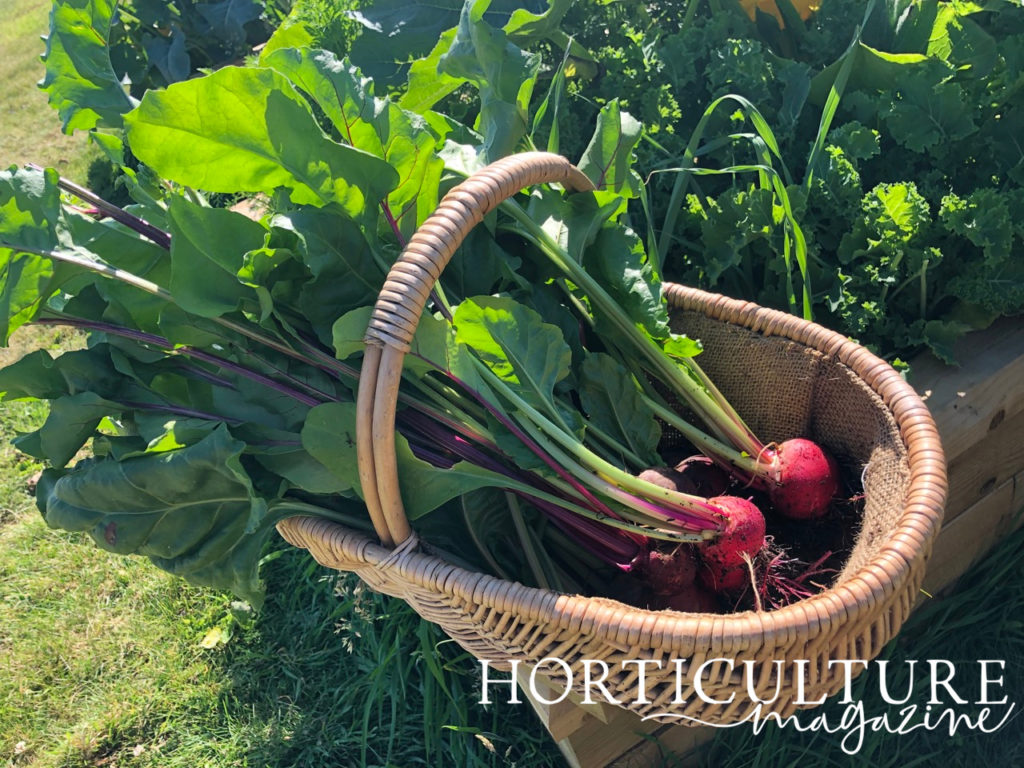
While the bulbous taproot is the main part of the plant used for culinary purposes, the leaves and stems (beetroot greens or beet greens) of the plants are also edible.
Originally plants were selected for their edible leaves before varieties with swollen roots were bred in the Middle Ages.1Fascinating facts and figures: beetroot. (n.d.). Royal Horticultural Society. Retrieved April 18, 2023, from https://www.rhs.org.uk/advice/grow-your-own/features/FFF-Beetroot
Why Grow Beetroot?
Beetroot is a versatile crop that makes a great addition to a homegrown vegetable garden.
This root vegetable can be eaten raw, boiled, roasted and in many other ways.
It can also be preserved through pickling, and used to make a range of condiments.
The young leaves are great in salads, and larger, older leaves can be used as a cooked green akin to chard or spinach.
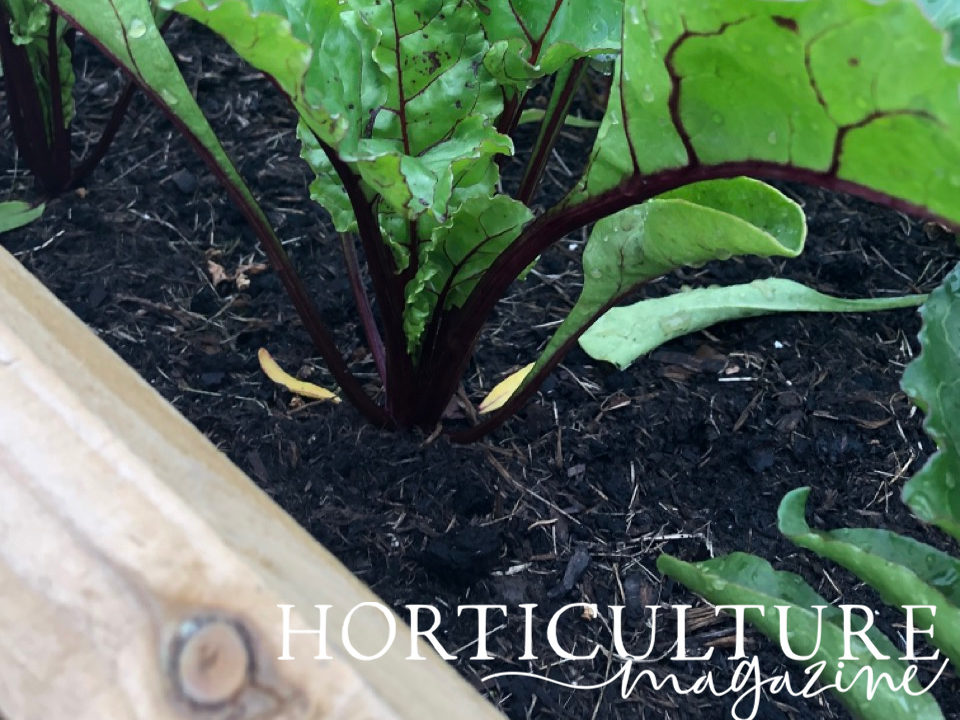
Some people think that they do not like beetroot – until they try it fresh from their garden.
If your only introduction has been to the boiled or pickled beetroots, then try them baked, or grated raw into a coleslaw or salad, and you may change your mind.
One of the great things about beetroot is that you can grow it relatively easily in traditional vegetable plots, raised beds or containers.
So it is a great choice even for beginners, and it works well even in smaller gardens, since this is a crop that will not take up too much space.
Choosing Beetroot Seeds
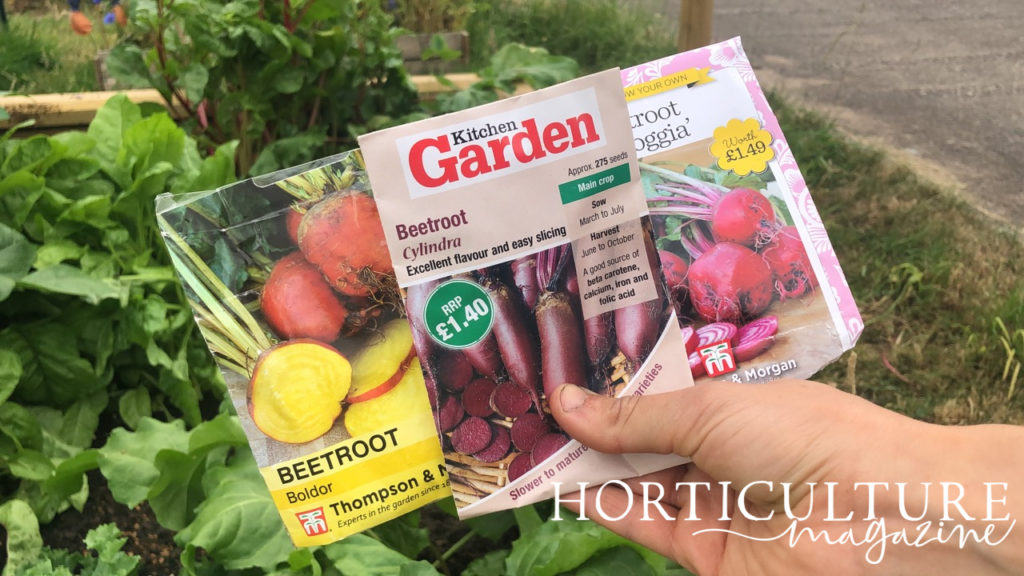
Before you start growing beetroot at home, you will need to decide which variety (or varieties) to grow.
There are plenty of great heritage seeds and commercial varieties to choose from.
Good typical reddish beetroots to choose from include:
- ‘Bettollo’
- ‘Bolivar’
- ‘Boltardy’
- ‘Bona’
- ‘Bull’s Blood’
- ‘Detroit Globe’
- ‘Early Wonder’
- ‘Kestrel’
- ‘Pablo’
- ‘Red Ace’
- ‘Rhonda’
B. vulgaris ‘Barbietola di Chioggia’ is interesting because it has pink and white concentric rings inside.

B. vulgaris ‘Cylindra’ have elongated roots.
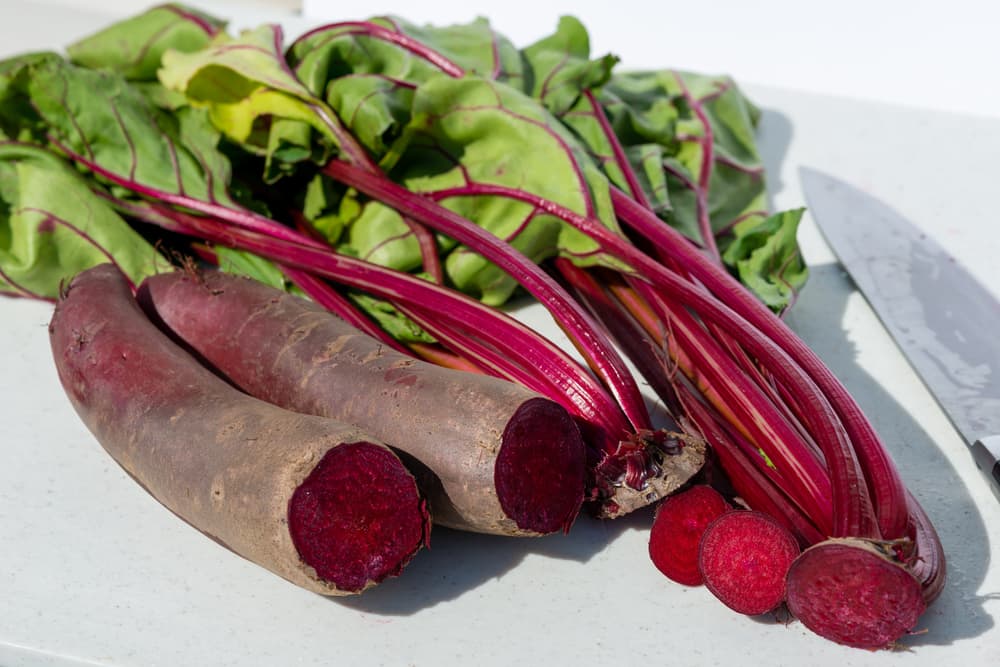
There is also B. vulgaris ‘Blankoma’, with unusual green and white roots.
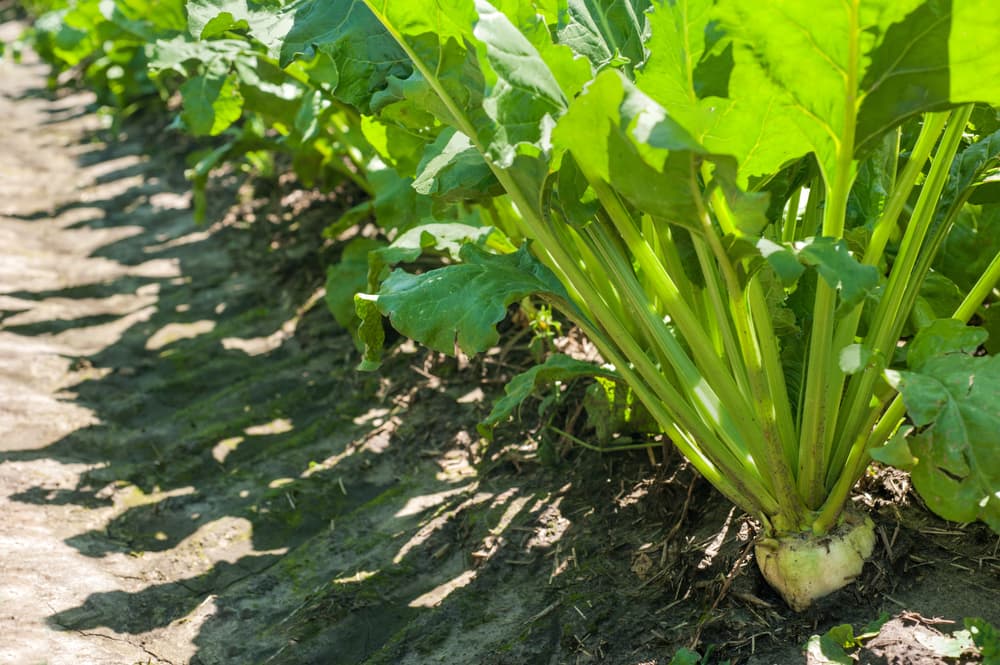
When making your choices, be sure to think about taste, appearance, and whether you need roots to store or just to eat when young and fresh.
Consider, too, whether you want to choose a heritage type and save your own seeds.
If you do plan to save your own seeds, remember that chard can cross easily with beetroot, so you’ll have to keep them apart if you do not want them to.
Companion Plants
Beetroot works very well in mixed polycultures and will grow happily alongside a wide range of other common garden crops.
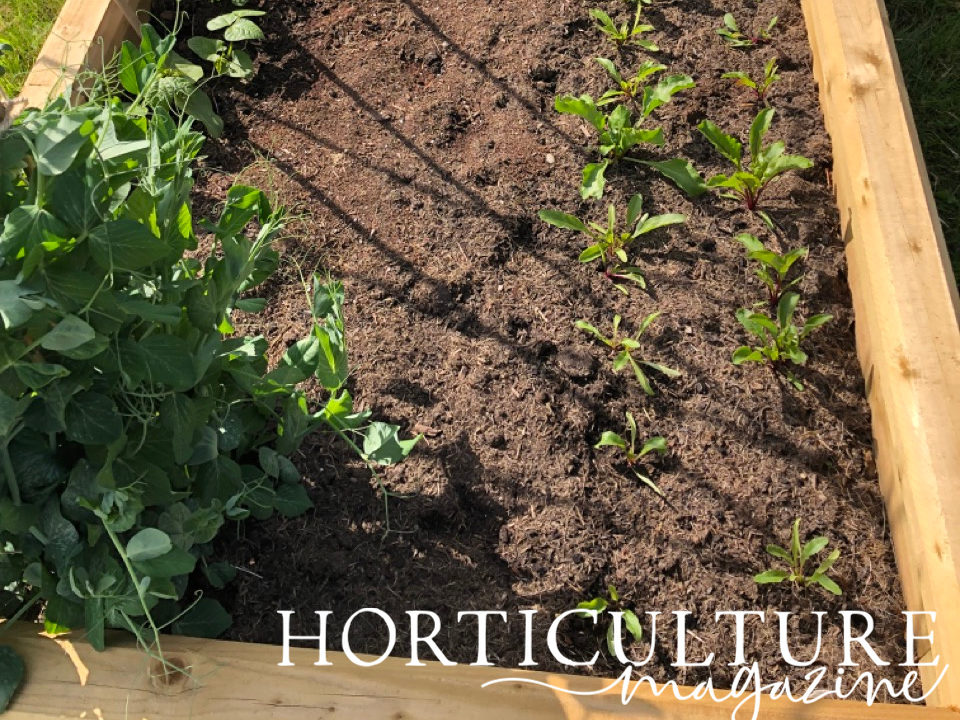
One option that can work well is including beetroot in rotation with carrots and onions.
Carrots and beetroots are both root crops, of course, and yet carrots are typically deeper rooted and so they are not overly competitive with one another for water and nutrients.
Onions work well with both carrots and beetroot, and their strong smell can help in repelling pests.
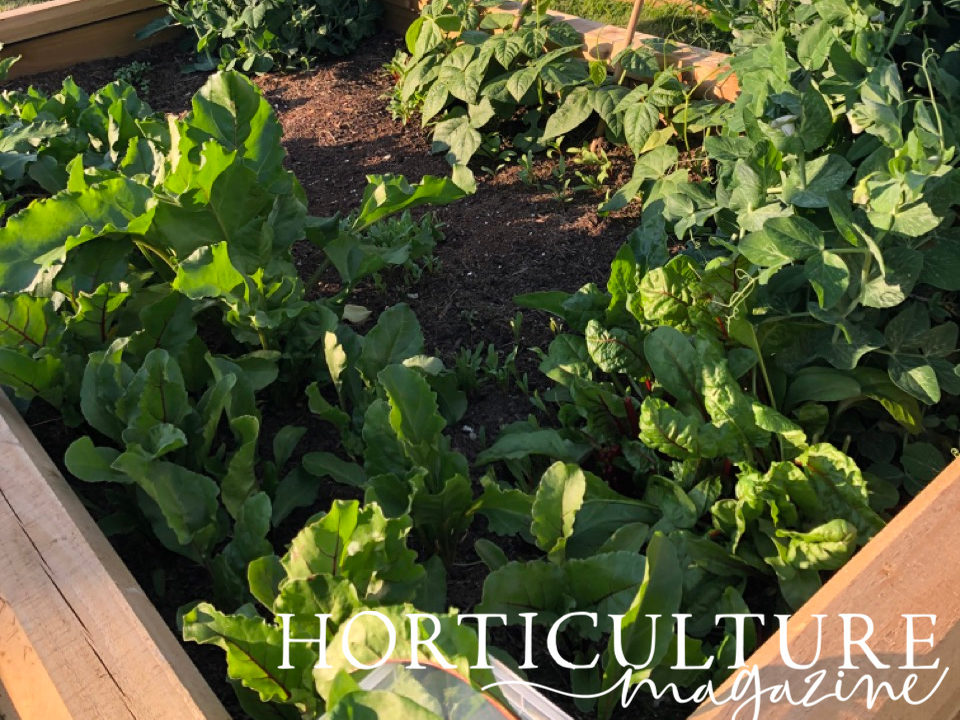
Planting beetroots alongside other alliums, such as garlic, shallots or leeks can work well too.
Beetroot is also excellent for growing alongside Brassicas.
It can work well in rotation with these cabbage family crops.
Plant beetroots alongside these crops and they use different nutrients, reducing competition between them
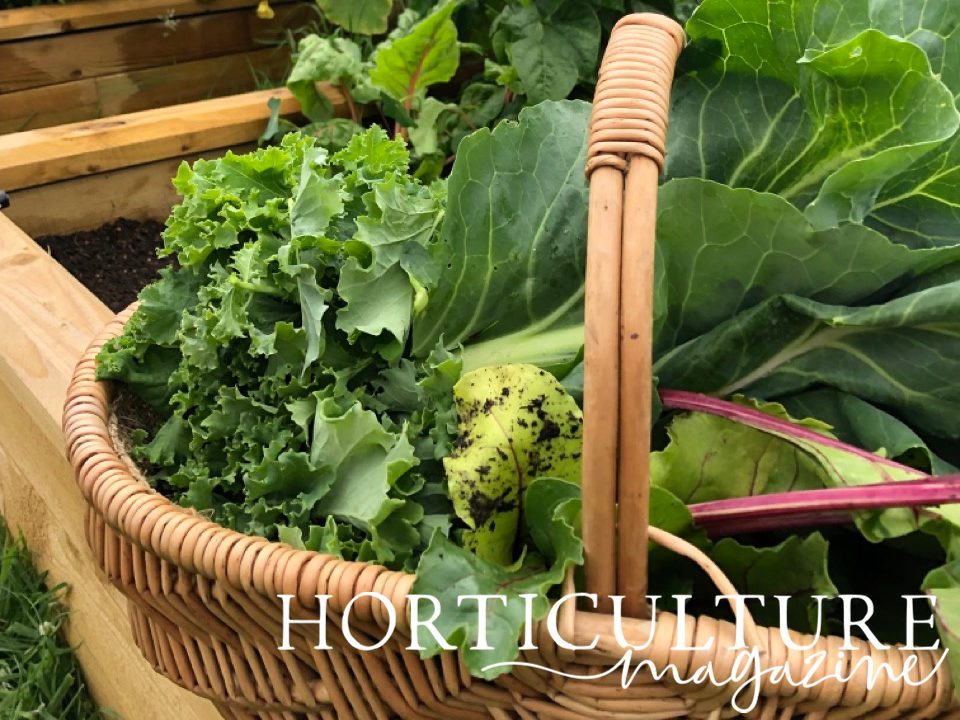
Quick-growing lettuce and radishes can also be included in polycultures with beetroots and brassicas, to fill in gaps while larger crops establish, making the most of the space.
Planting beetroots among catnip, summer savoury, and certain other aromatic herbs can also help in controlling pests that may nibble on your beetroot leaves.
Avoid planting beetroot next to runner beans, Peter Lickorish, a Lecturer in Horticulture, explains:
“They add lots of nitrogen to the soil, which makes for a leafy beet, at the expense of the root.”
Beetroot Plant Care
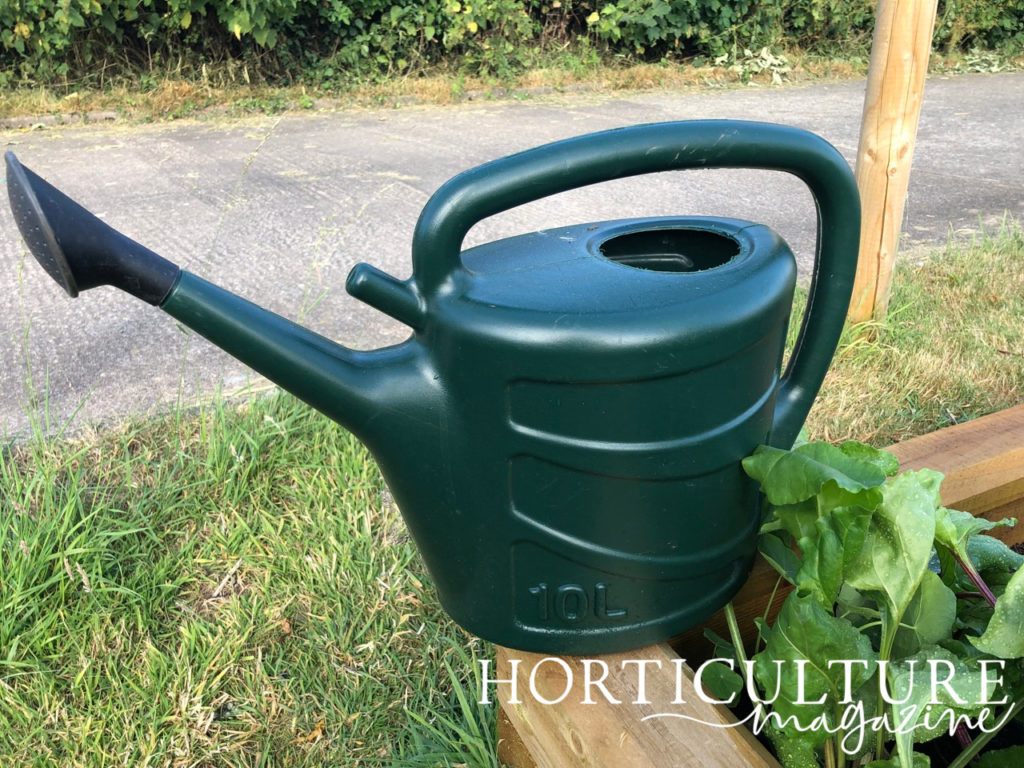
Beetroot is generally a relatively trouble-free crop.
It rarely requires additional fertilisation as long as the potting mix or soil is nutrient-rich.
However, where the plants are not growing strongly, you can consider adding a balanced fertiliser, a nitrogen-rich organic fertiliser or liquid plant feed.
During dry spells, it is typical to water beetroot every 10-14 days.
Though beetroot grown under cover or in containers will often need to be watered more frequently.
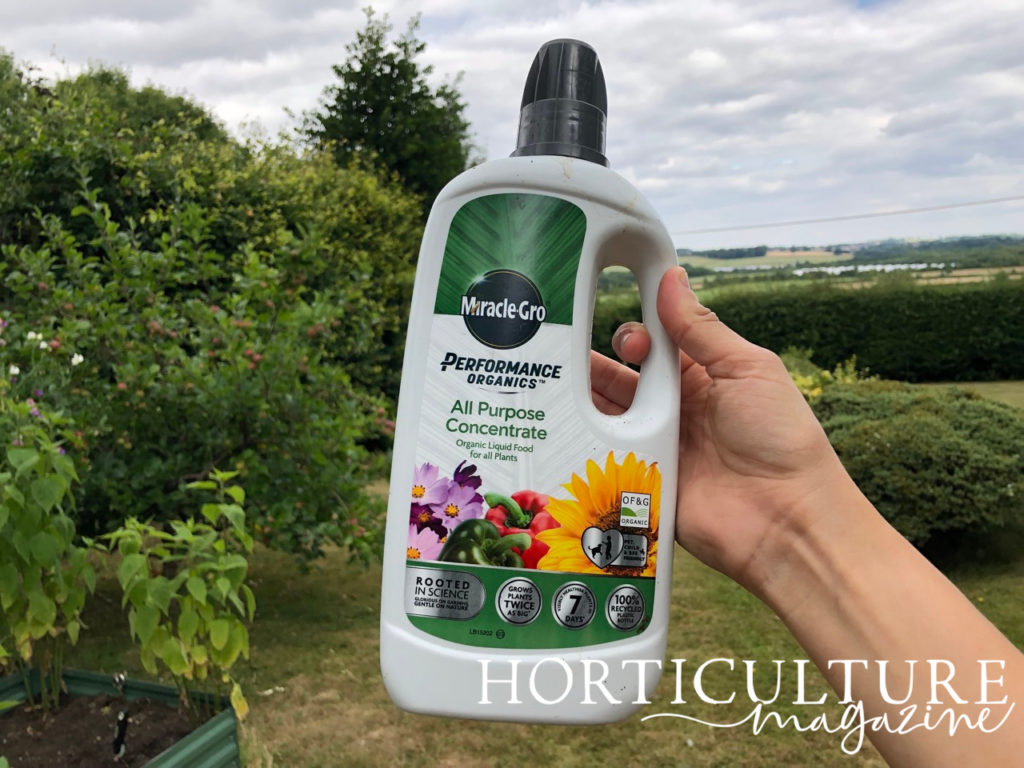
Make sure that you keep the medium consistently moist or bolting (premature flowering and setting of seed) is more likely to become an issue.
Roots that do not receive enough water are also more likely to split and become woody.
“In terms of pests, the main pest I find is the flea beetle, which chews holes in the leaves,” adds Peter.
“Often, the damage can be tolerated, but if extreme, they can be netted.
“Ponds are great additions to gardens, which attract predatory frogs.”
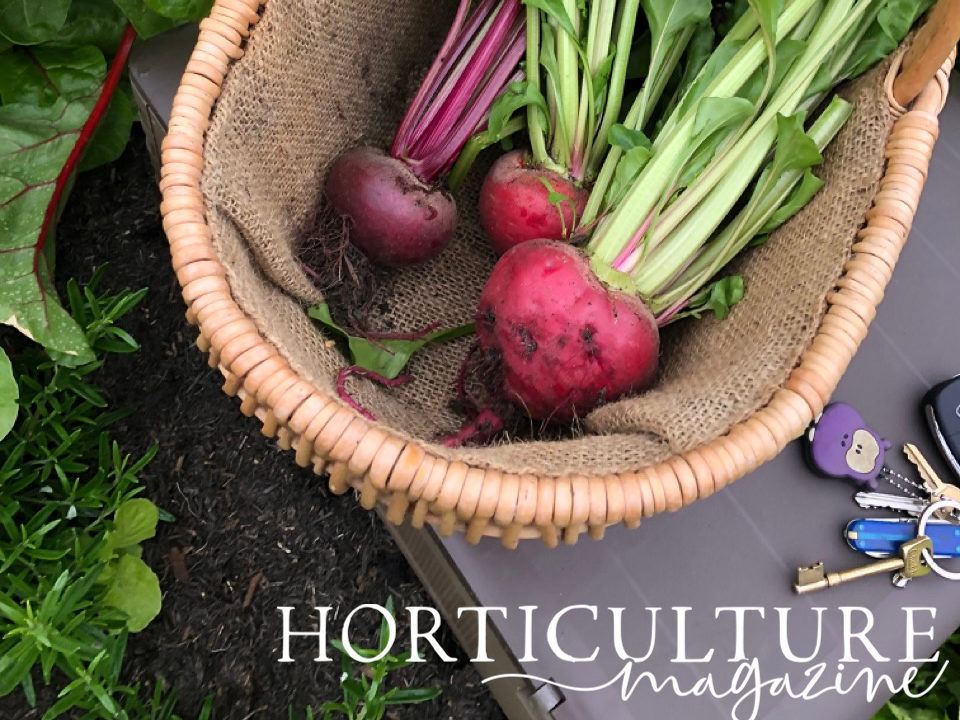
Remember to thin beetroot to a spacing of around 10cm; you can wash and eat the thinnings.
Then, once the beetroot are around the size of a golf ball, pull every second one, leaving the rest, if you wish, to reach maturity.
“My favourite way to eat beetroot is as beetroot burgers and several of the other ingredients, including onions, grow happily side-by-side,” says Peter.
References
- 1Fascinating facts and figures: beetroot. (n.d.). Royal Horticultural Society. Retrieved April 18, 2023, from https://www.rhs.org.uk/advice/grow-your-own/features/FFF-Beetroot
